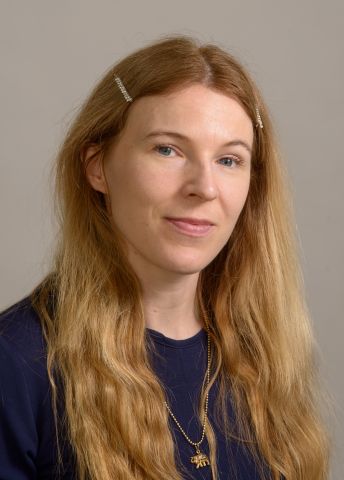
Program for mathematics 2023
Grant to recruit an international researcher
for a postdoctoral position
Associate Professor Cecilia Holmgren
Department of Mathematics, Uppsala University
Grant to recruit an international researcher
for a postdoctoral position
Associate Professor Cecilia Holmgren
Department of Mathematics, Uppsala University
Capturing chance in mathematical models
Associate Professor Cecilia Holmgren will receive funding from the Knut and Alice Wallenberg Foundation to recruit an international researcher for a postdoctoral position at the Department of Mathematics, Uppsala University.
Chance is a natural part of life and, in probability theory, models are built for chance. Random graphs and trees, which are the focus of this project, not only have a purely theoretical interest but also numerous areas of applications – from models for social networks and the spread of disease to internet search engines.
In a random graph a number of nodes, such as computer servers or people, are randomly linked together. One form of random graphs is a random tree, which looks like a family tree with an ancestor as its root. An interesting class of randomly constructed trees is split trees, which are closely linked to data algorithms in computer science, where the objects represent data that must be sorted.
Other important random trees that Cecilia studies are so-called Galton-Watson trees. Galton and Watson studied the extinction of aristocratic family names in England and could show that such a family name could survive forever if the men in the family got more than one son on average. If they got less than one son on average the family name would certainly die out. There the value one is shown to be a so-called threshold value, where a small change on the value has large consequences. The same value turns up again as a well-known threshold value during the coronavirus pandemic. There the disease's R-value, how many persons a sick individual infects on average, was often discussed. If this value is less than one, the disease will eventually die out.
When a small change in the threshold value has large consequences, the process is called phase transition; phase transitions in random processes and their global behaviours is one of the research subjects in this project. The project’s overarching aim is to find new mathematical models for analysing random graphs and to use these methods to obtain general results that apply to large classes of random trees and other random graphs.
Photo Jaan Koort